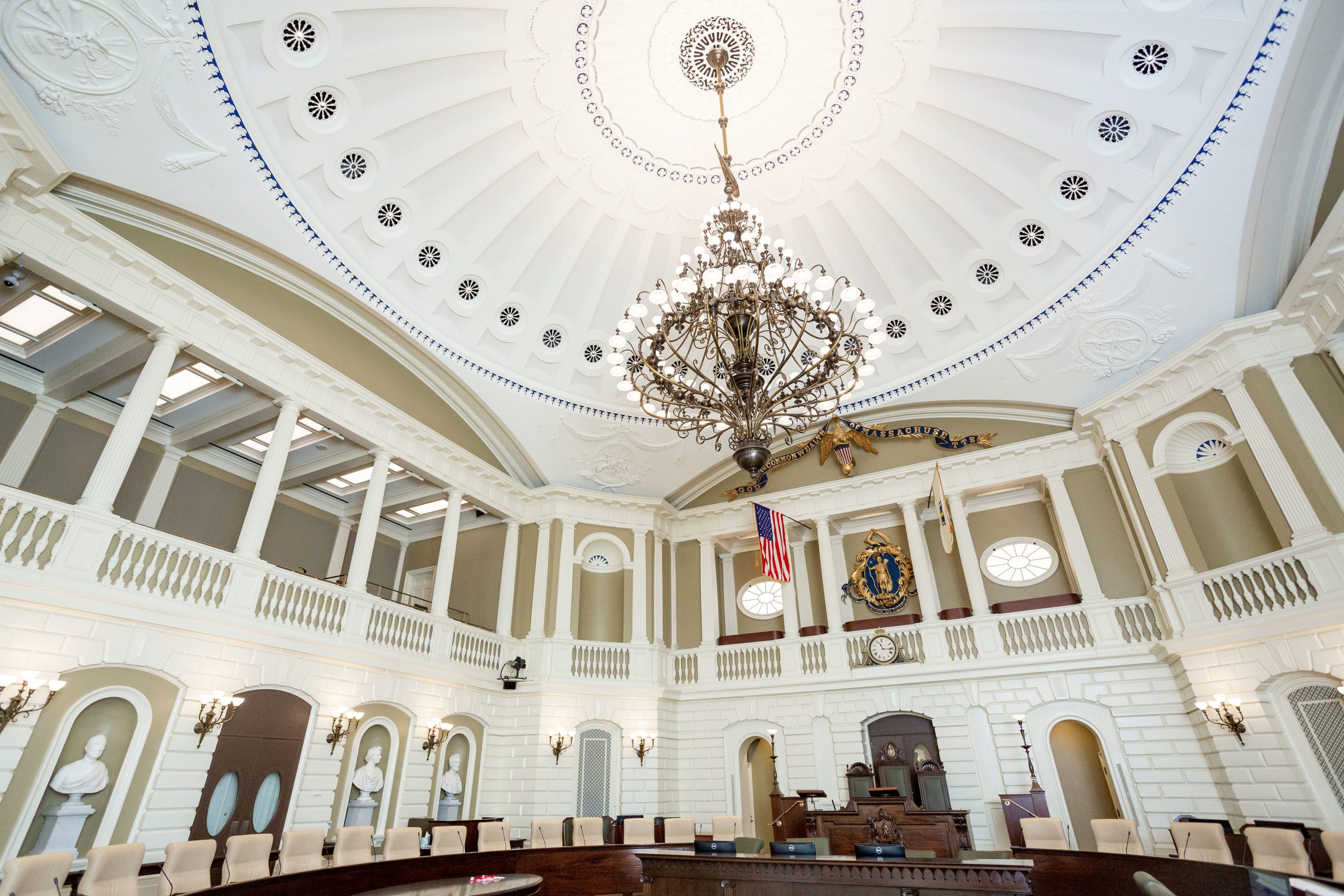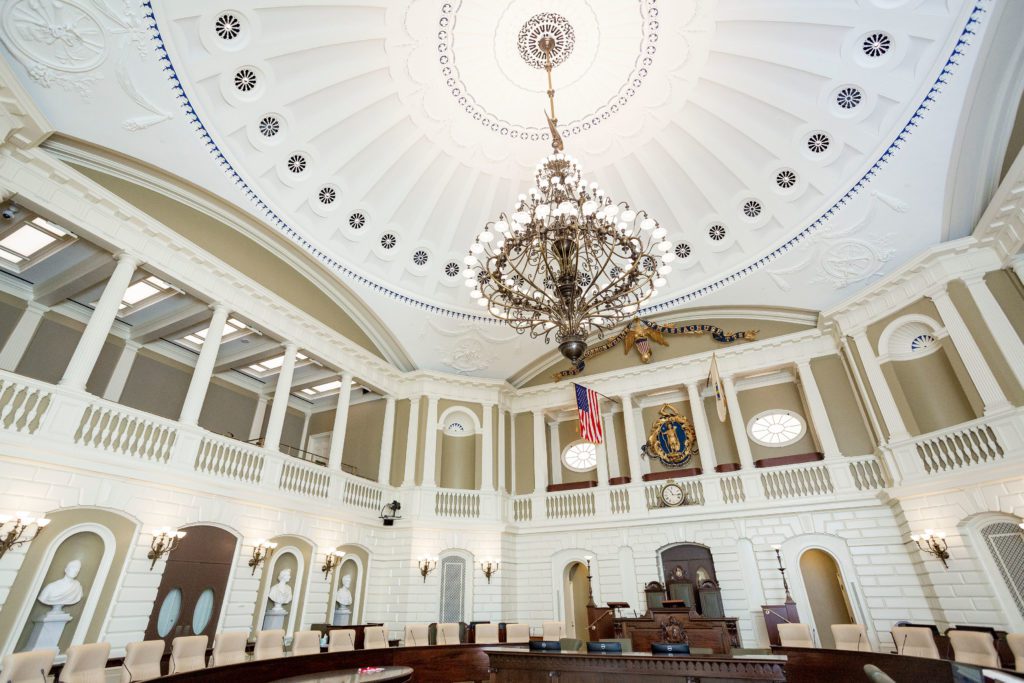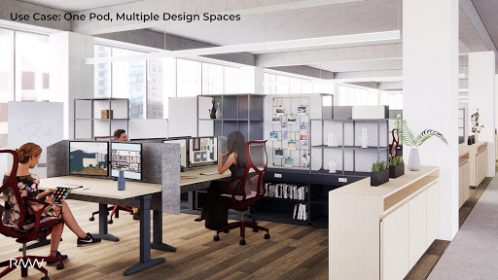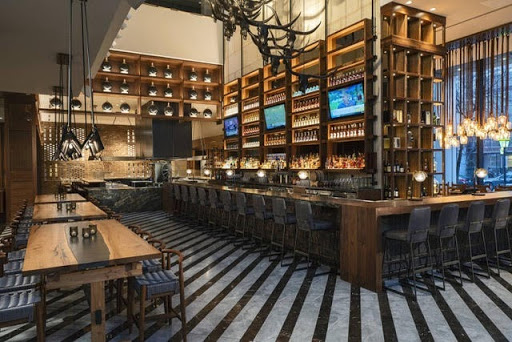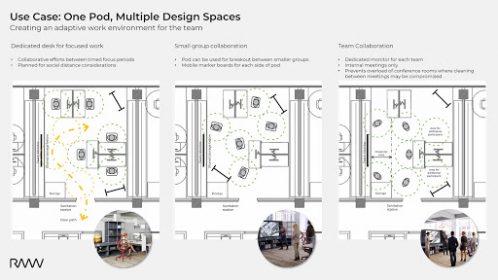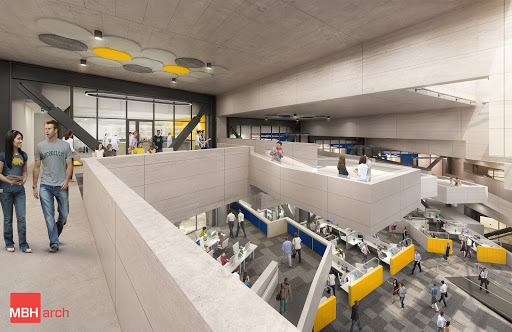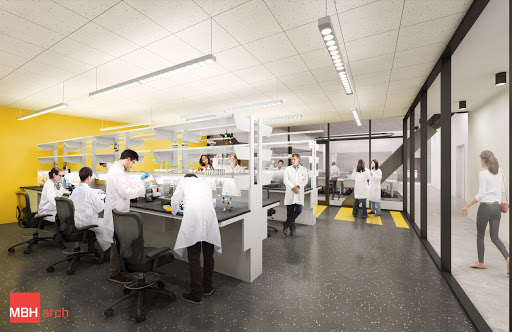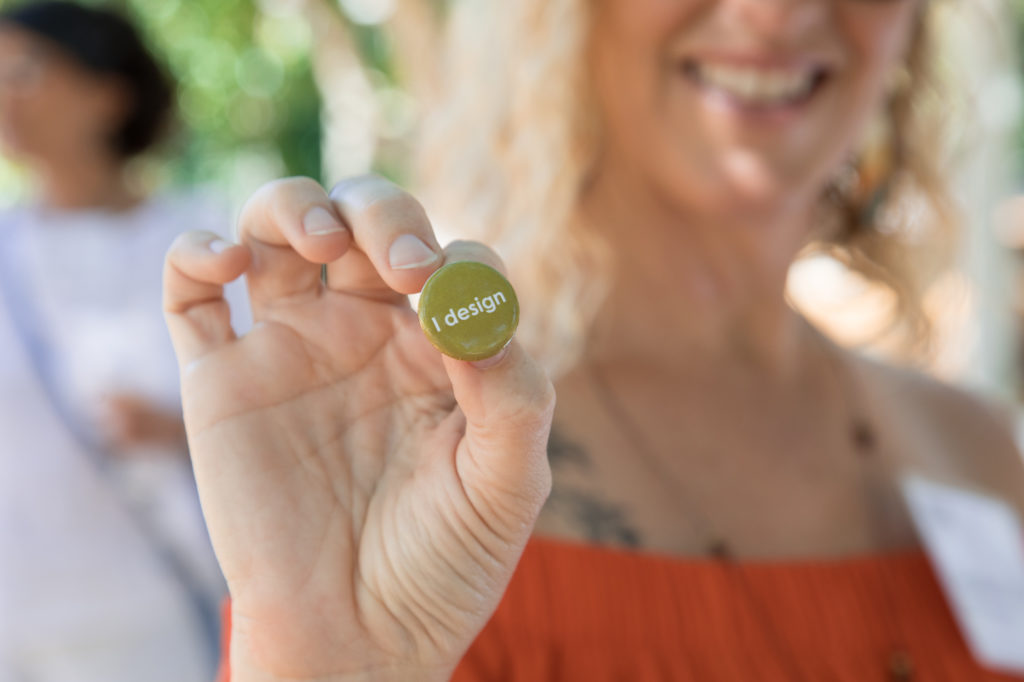October 2025
IIDANC Adopts New Policy Position on the California Council for Interior Design Certification (CCIDC)

The IIDA Northern California board, at its October 2025 meeting, voted to adopt new policy regarding the future of the California Council for Interior Design Certification (CCIDC). With CCIDC participating in a state sunset review process in 2026, IIDA Northern California has undertaken a formal process for articulating a new policy position on CCIDC’s future.
The deliberative process to formulate this statement follows more than a year of collaboration with both IIDA Northern and Southern California chapter boards, IIDA HQ, statewide advocacy committees, NCIDQ certificate holders, Certified Interior Designer certificate holders, students, architects, allied professionals, and partners at ASID and CIDQ. This process sparked robust debate around the ongoing activism for licensure for commercial interior designers in California and, transparently, CCIDC’s role of significant obstruction in that effort.
There is recognition that a small percent of IIDA’s membership in California hold (or previously held) the CCIDC conferred Certified Interior Designer credential. This policy position statement is issued with respect for those individuals. However, the mission and values of IIDA Northern California compel the board to act in best interest of the profession, and the public.
Ultimately, the IIDA California Statewide Advocacy Committee reached consensus and recommended the IIDA Northern California board adopt the following policy position, reflecting the chapter’s continued commitment to both protecting the health, safety and welfare of the public, and creating a better future for the industry:
The California Council for Interior Design Certification (CCIDC) has a consistent public record of opposing efforts to establish a state licensing program for interior design practitioners. This sustained opposition undermines the professional advancement of commercial interior designers.
IIDA Northern California acknowledges CCIDC’s historical function as a private certifier, but affirms that the future for commercial interior design practitioners is state licensure. CCIDC’s continued opposition has created significant obstruction to legislative progress in this effort. CCIDC must be sunsetted to remove this structural obstruction and allow for the overdue establishment of a state occupational license.
Licensure should be enacted based on IIDA Northern and Southern California’s Guiding Principles for Licensure for Commercial Interior Designers in California, ratified in June of 2025. These principles offer a modern legislative framework that reflects the critical role of commercial interior designers and introduces practitioner accountability for the health, safety, and welfare of the public.
IIDA Northern California formally ratified on October 7th, 2025.

